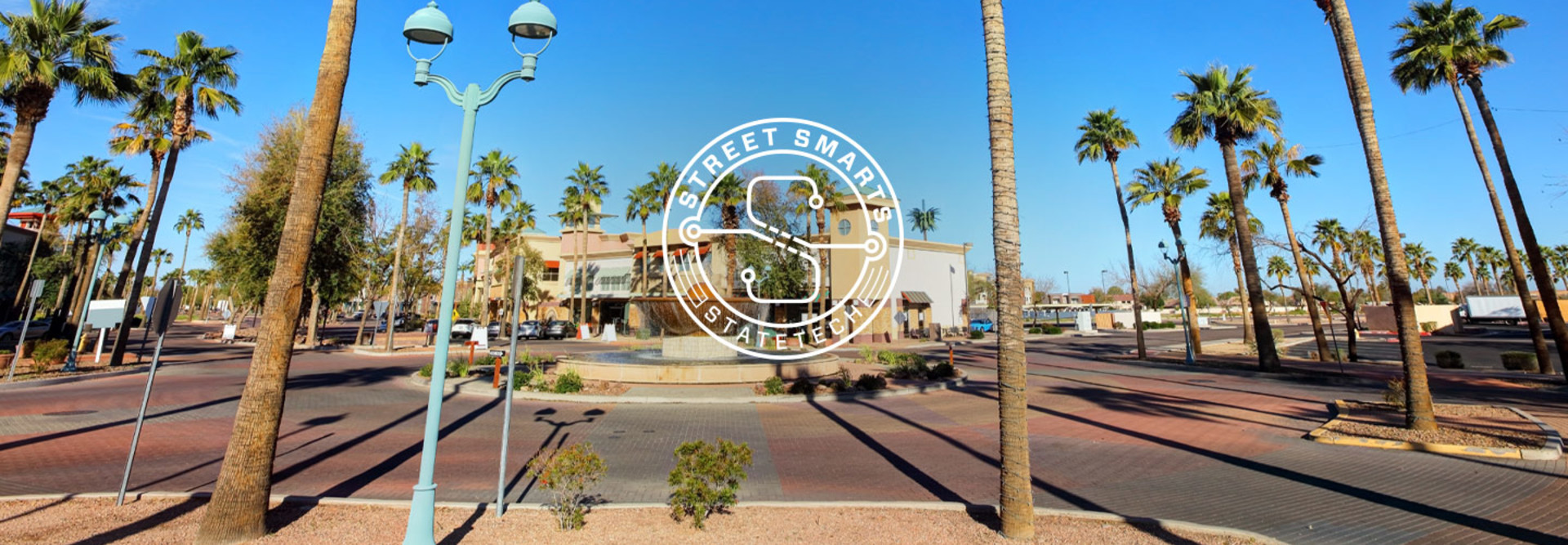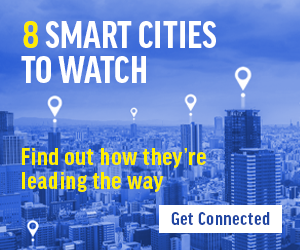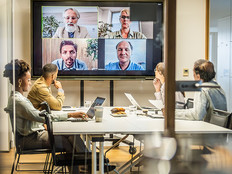Smart City Pilot Projects Can Help Vet the Best Solution
So, over the past five years, Gilbert continued to conduct pilots involving different technologies to try to ascertain the involved cost, maintenance, reliability and total value proposition each offered. About a month ago, it identified a product that can wirelessly convey readings, eliminating the need to drive past residences — and which also costs just $5 million to implement, Banger says.
“It can transmit to a cell tower that then remits the information back to our system for billing purposes and data analytics,” he says. “That just illustrates with the technology that’s being developed, and the promise it holds for greater efficiencies with real-time data, we still need to watch the cost and make sure we don’t invest in technology for technology’s sake; it has to return value so that value gets extended to our citizens.”
Sensor-based smart irrigation technology that utilizes Wi-Fi and radio-frequency ID connectivity is another potential enhancement that Gilbert, which experienced high-pressure sewer line blowouts over the past decade, is investigating via pilots, Banger says.
“It usually starts as a crack, which then grows and starts leaking; we finally learn about it when three lanes of the road have caved in because the line has now deteriorated and burst,” he says. “If we had a network of sensors deployed throughout our underground piping system to measure pressure changes, which may be indicative of a leak occurring, it could turn a $2 million fix into a $50,000 fix by doing a surgical cut into concrete to repair it.”
LEARN MORE: How can sensors make city streets safer?
Ongoing Efforts to Solidify a Framework for Smart Tech
To date, Gilbert’s fiber-optic strategy has been a key component in its smart tech adoption.
The town currently has about 120 miles of conduit in the ground — “some of it with fiber in it, some of it just conduit,” says Banger, adding that Gilbert hopes to eventually outfit its major north, south, east and west arterial roads with two 4-inch conduits to ensure all town facilities and assets can be interconnected.
“Having the physical architecture in place really is paramount to achieving smart city outcomes because you need the network and infrastructure to be able to access data and information from smart system components,” Poureetezadi says. “Ultimately, that’s the infrastructure we’re going to need to enable even more smart living and smart city technologies — and continuing to invest in that is going to be important.”
Gilbert also recently issued a request for proposals to establish a public-private partnership with a company that would help build out the town’s system to extend its fiber resources.
“Our hope is it would be a neutral third party that could competitively lease dark fiber to ISPs so we have fair competition on price and as robust broadband access as possible for the community,” Banger says. “We want to have fiber in front of every home and business to unlock the full potential technology offers.”
Additional infrastructure elements could help position Gilbert to take advantage of the many public sector tech offerings hitting the market — a phenomenon Banger attributes to increased bandwidth capabilities and data transmission speeds.
“It’s really unleashed these incredible opportunities with sensor-based technology,” he says. “In government, most things we do involve people delivering services, but automation promises great value in cost savings to communities by replacing people with systems, freeing up staff to take on other important tasks. Automation is going to play a big role in a lot of things we do.”













